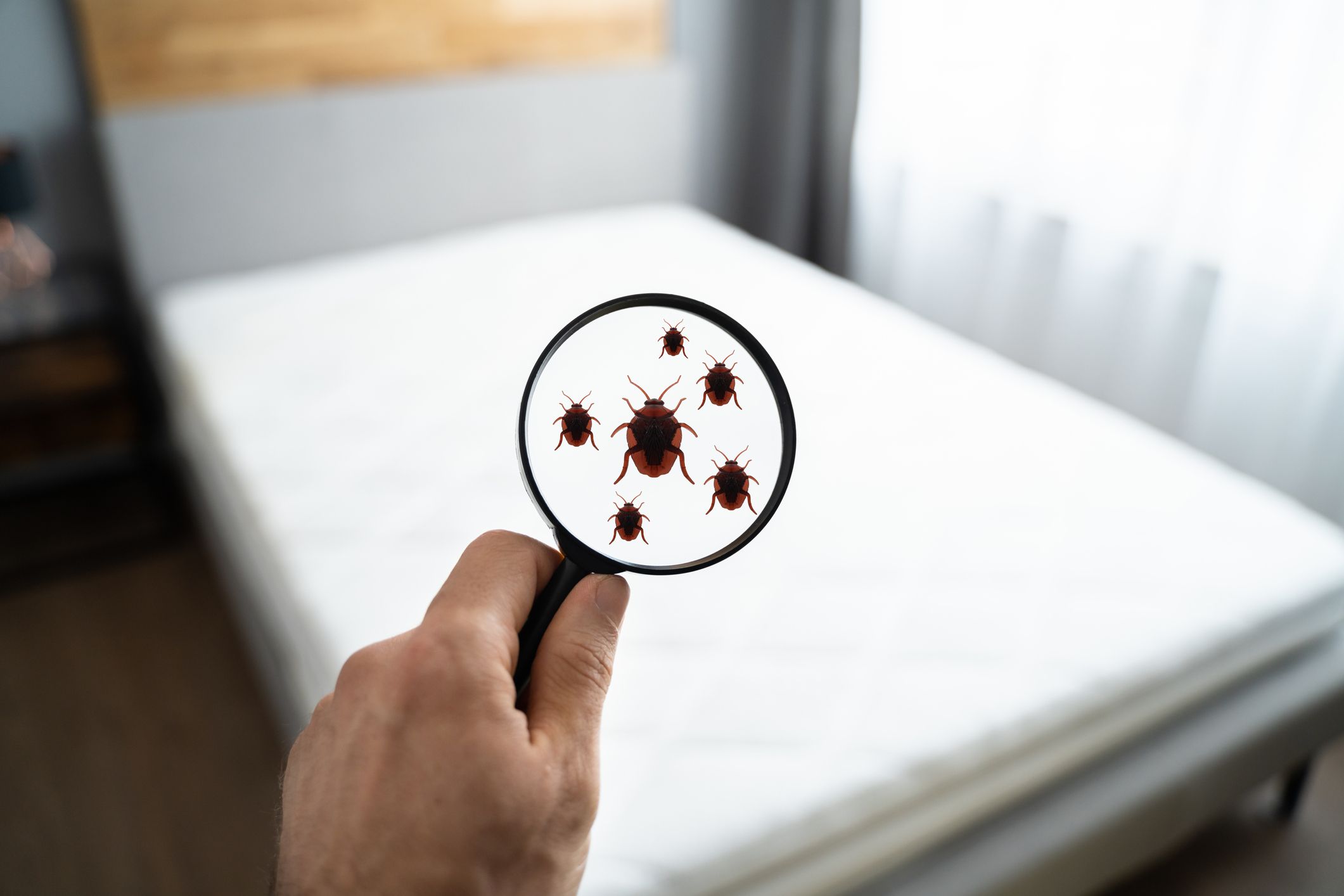Scientists unlock secrets of Earth's wickedly hot innermost realm
Author of the article:Reuters
Reuters
Will Dunham
Published Feb 21, 2023 • 3 minute read
WASHINGTON — In Jules Verne’s classic 1864 novel Journey to the Center of the Earth, adventurers descend through an Icelandic volcano into a vast underground world populated by prehistoric creatures as they explore our planet’s interior. The actual centre of the Earth is nothing like this fanciful depiction – and in some ways is even more dramatic.
Researchers on Tuesday said an intensive study of Earth’s deep interior, based on the behaviour of seismic waves from large earthquakes, confirmed the existence of a distinct structure inside our planet’s inner core – a wickedly hot innermost solid ball of iron and nickel about 1,350 kilometres wide.
Earth’s diameter is about 12,750 km. The planet’s internal structure comprises four layers: a rocky crust on the outside, then a rocky mantle, an outer core made of magma and a solid inner core. This metallic inner core, about 2,440 km wide, was discovered in the 1930s, also based on seismic waves traveling through Earth.
Scientists in 2002 proposed that lurking within this inner core was an innermost section separate from the rest, akin to a Russian Matryoshka nesting doll. The increasing sophistication of seismic monitoring enabled this to be confirmed.
Earthquakes unleash seismic waves that travel through the planet and can reveal the contours of its interior structure based on the changing shape of the waves. Until now, scientists were able to detect these waves bouncing up to twice, from one side of Earth to the other and then back. The new research studied waves from 200 quakes with magnitudes above 6.0 ricocheting like ping pong balls up to five times within the planet.
“We may know more about the surface of other distant celestial bodies than the deep interior of our planet,” said observational seismologist Thanh-Son Pham of the Australian National University in Canberra, lead author of the study published in the journal Nature Communications.
“We analyzed digital records of ground motion, known as seismograms, from large earthquakes in the last decade. Our study becomes possible thanks to the unprecedented expansion of the global seismic networks, particularly the dense networks in the contiguous U.S., the Alaskan peninsula and over the European Alps,” Pham added.
The inner core’s outer shell and its newly confirmed innermost sphere both are hot enough to be molten but are a solid iron-nickel alloy because the incredible pressure at the centre of the Earth renders it a solid state.
“I like to think about the inner core as a planet within the planet. Indeed, it is a solid ball, approximately the size of Pluto and a bit smaller than the moon,” said Australian National University geophysicist and study co-author Hrvoje Tkalcic.
“If we were somehow able to dismantle the Earth by removing its mantle and the liquid outer core, the inner core would appear shining like a star. Its temperature is estimated to be about 5,500-6,000 degrees (Celsius/9,930-10,830 Fahrenheit), similar to the sun’s surface temperature,” Tkalcic said.
The transition from the outer part of the inner core to the innermost sphere appears to be gradual rather than a sharp boundary, Pham said. The researchers were able to differentiate the two regions because the seismic waves acted differently between them.
“It could be caused by different arrangements of iron atoms at high temperatures and pressures or the preferred alignment of growing crystals,” Pham said.
The inner core is slowly growing in size at the expense of the outer core by solidifying molten materials as Earth gradually cools – as it has done since its birth about 4.5 billion years ago.
“The latent heat released from solidifying the Earth’s inner core drives the convection in the liquid outer core, generating Earth’s geomagnetic field,” Pham said. “Life on Earth is protected from harmful cosmic rays and would not be possible without such a magnetic field.”

 torontosun.com
torontosun.com
Author of the article:Reuters
Reuters
Will Dunham
Published Feb 21, 2023 • 3 minute read
WASHINGTON — In Jules Verne’s classic 1864 novel Journey to the Center of the Earth, adventurers descend through an Icelandic volcano into a vast underground world populated by prehistoric creatures as they explore our planet’s interior. The actual centre of the Earth is nothing like this fanciful depiction – and in some ways is even more dramatic.
Researchers on Tuesday said an intensive study of Earth’s deep interior, based on the behaviour of seismic waves from large earthquakes, confirmed the existence of a distinct structure inside our planet’s inner core – a wickedly hot innermost solid ball of iron and nickel about 1,350 kilometres wide.
Earth’s diameter is about 12,750 km. The planet’s internal structure comprises four layers: a rocky crust on the outside, then a rocky mantle, an outer core made of magma and a solid inner core. This metallic inner core, about 2,440 km wide, was discovered in the 1930s, also based on seismic waves traveling through Earth.
Scientists in 2002 proposed that lurking within this inner core was an innermost section separate from the rest, akin to a Russian Matryoshka nesting doll. The increasing sophistication of seismic monitoring enabled this to be confirmed.
Earthquakes unleash seismic waves that travel through the planet and can reveal the contours of its interior structure based on the changing shape of the waves. Until now, scientists were able to detect these waves bouncing up to twice, from one side of Earth to the other and then back. The new research studied waves from 200 quakes with magnitudes above 6.0 ricocheting like ping pong balls up to five times within the planet.
“We may know more about the surface of other distant celestial bodies than the deep interior of our planet,” said observational seismologist Thanh-Son Pham of the Australian National University in Canberra, lead author of the study published in the journal Nature Communications.
“We analyzed digital records of ground motion, known as seismograms, from large earthquakes in the last decade. Our study becomes possible thanks to the unprecedented expansion of the global seismic networks, particularly the dense networks in the contiguous U.S., the Alaskan peninsula and over the European Alps,” Pham added.
The inner core’s outer shell and its newly confirmed innermost sphere both are hot enough to be molten but are a solid iron-nickel alloy because the incredible pressure at the centre of the Earth renders it a solid state.
“I like to think about the inner core as a planet within the planet. Indeed, it is a solid ball, approximately the size of Pluto and a bit smaller than the moon,” said Australian National University geophysicist and study co-author Hrvoje Tkalcic.
“If we were somehow able to dismantle the Earth by removing its mantle and the liquid outer core, the inner core would appear shining like a star. Its temperature is estimated to be about 5,500-6,000 degrees (Celsius/9,930-10,830 Fahrenheit), similar to the sun’s surface temperature,” Tkalcic said.
The transition from the outer part of the inner core to the innermost sphere appears to be gradual rather than a sharp boundary, Pham said. The researchers were able to differentiate the two regions because the seismic waves acted differently between them.
“It could be caused by different arrangements of iron atoms at high temperatures and pressures or the preferred alignment of growing crystals,” Pham said.
The inner core is slowly growing in size at the expense of the outer core by solidifying molten materials as Earth gradually cools – as it has done since its birth about 4.5 billion years ago.
“The latent heat released from solidifying the Earth’s inner core drives the convection in the liquid outer core, generating Earth’s geomagnetic field,” Pham said. “Life on Earth is protected from harmful cosmic rays and would not be possible without such a magnetic field.”

Scientists unlock secrets of Earth's wickedly hot innermost realm
Researchers on Tuesday said a study of Earth's deep interior confirmed the existence of a distinct structure inside our planet's inner core.




![RUSSIA-PERMAFROST_BEAR-scaled-e1677159914275[1].jpg RUSSIA-PERMAFROST_BEAR-scaled-e1677159914275[1].jpg](https://forums.canadiancontent.net/data/attachments/15/15713-4dddb18c52105dac0589a8b095d1d2b2.jpg)
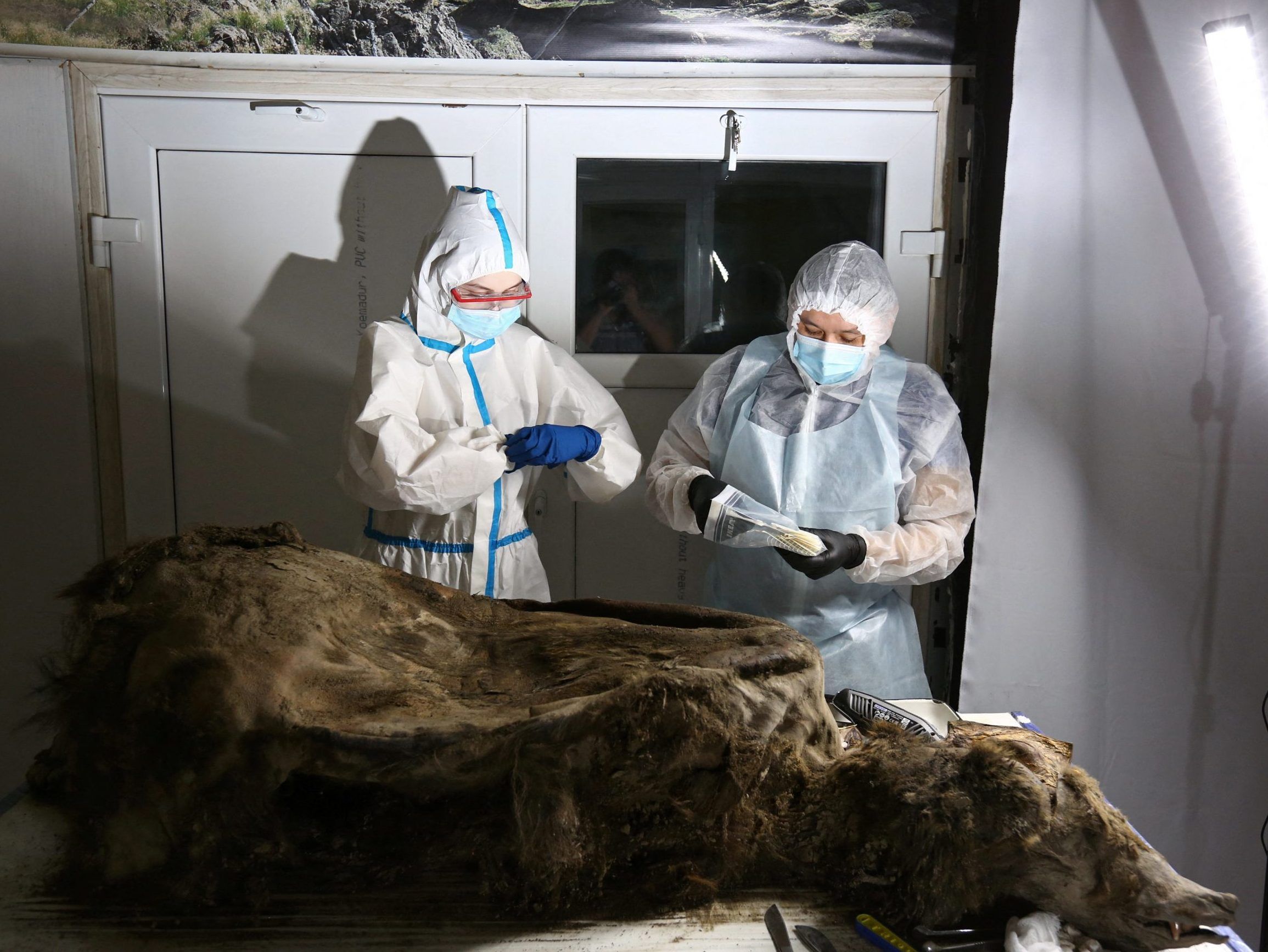


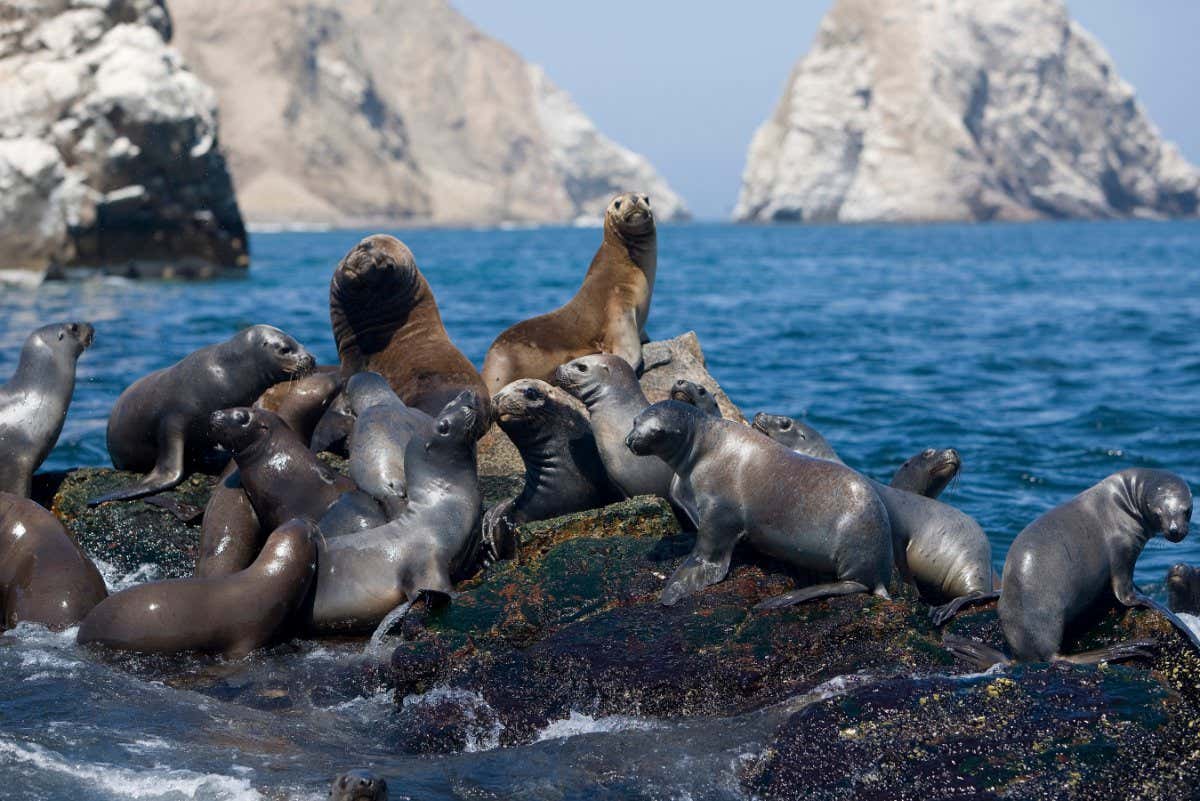


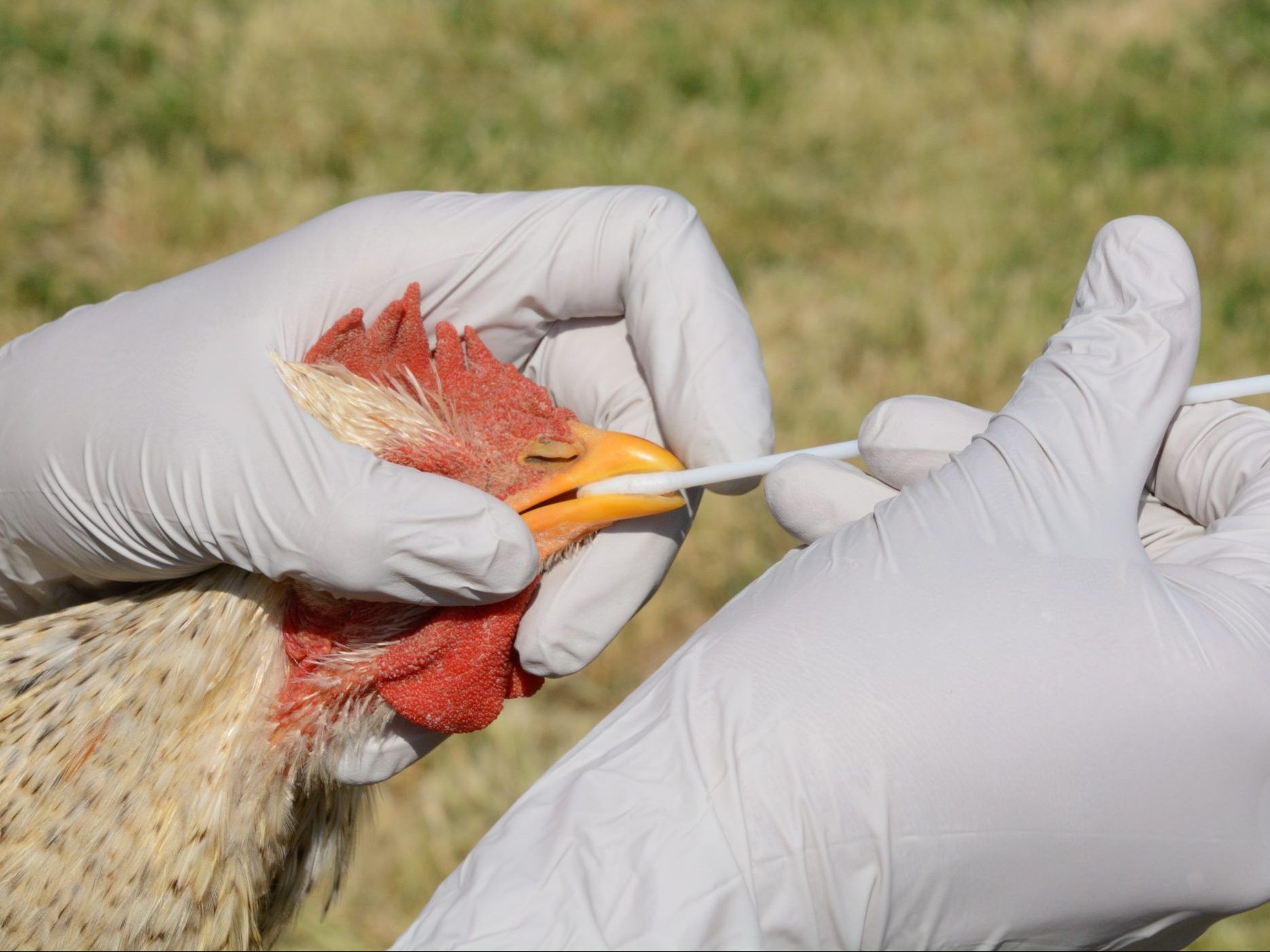
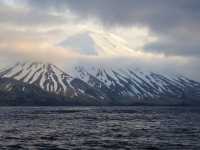
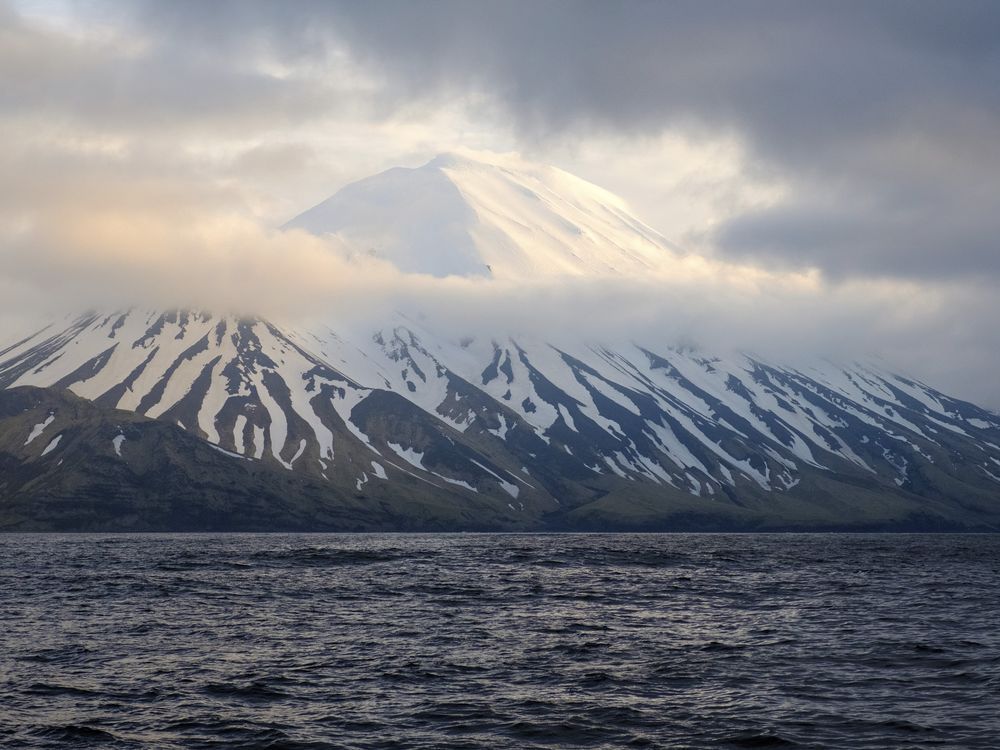


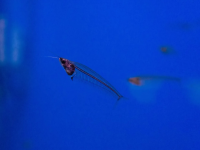

![SCIENCE-ICHTHYOSAUR_-e1678818547960[1].jpg SCIENCE-ICHTHYOSAUR_-e1678818547960[1].jpg](https://forums.canadiancontent.net/data/attachments/15/15905-d810e6f2f367a97a3d63131cce0e1d60.jpg)
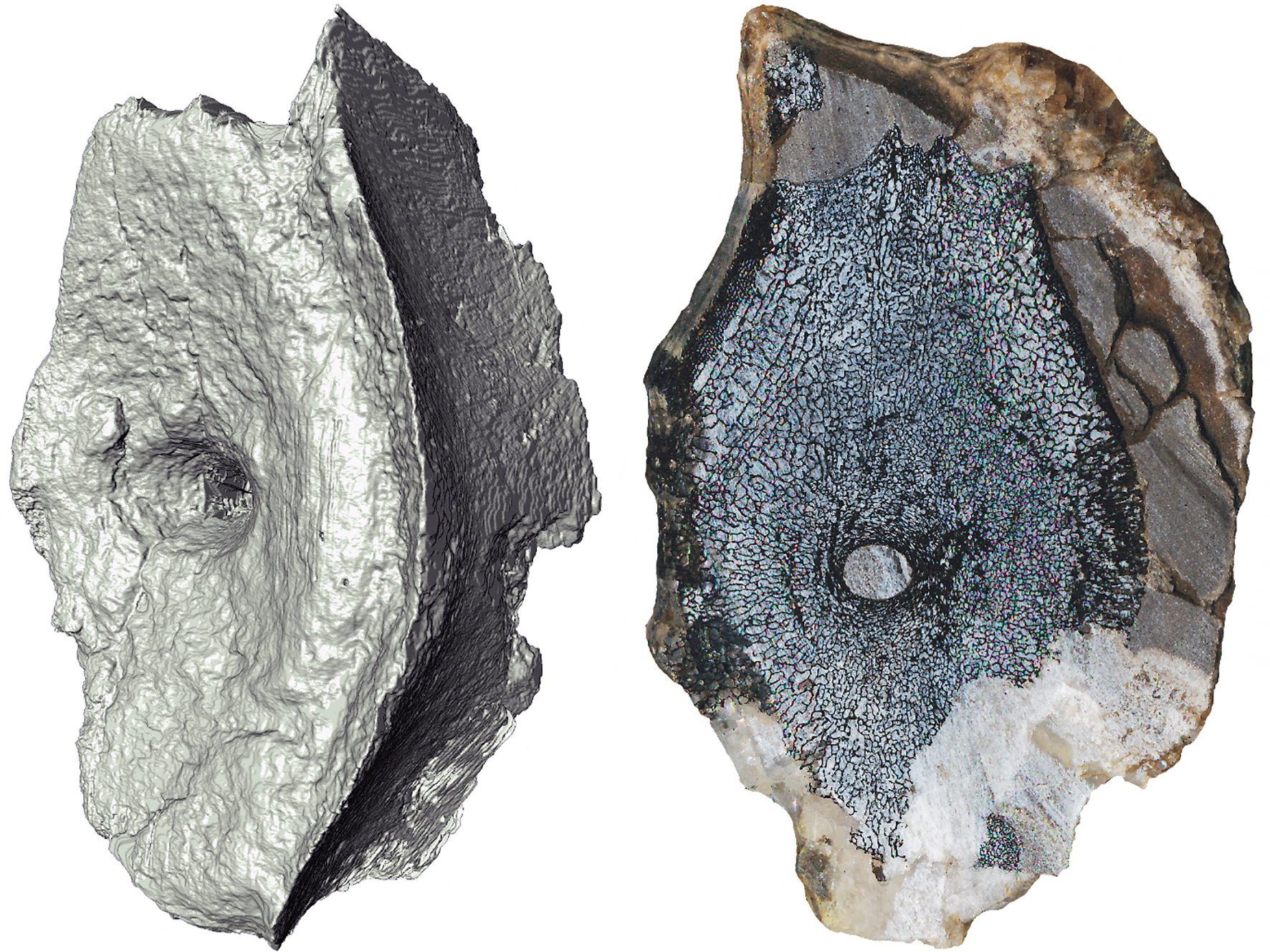
![SCIENCE-ICHTHYOSAUR_-1-scaled[1].jpg](/data/attachments/15/15904-fa708a8f39c38a459aa321805bf36db1.jpg)


